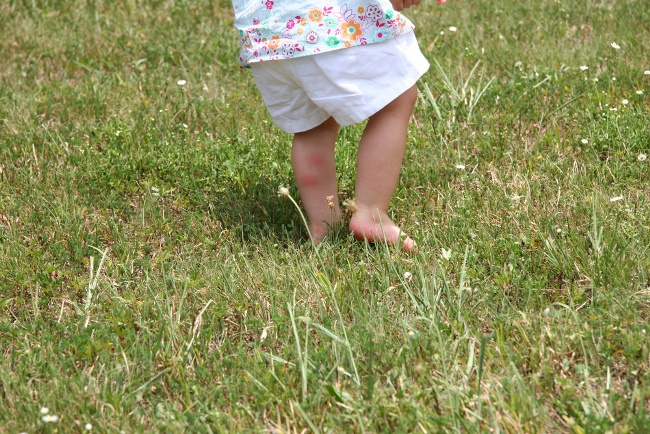Summertime brings picnics, pool time and afternoons at the lake. That extra time spent outdoors puts you in someone else’s home — a literal It’s a Bug’s Life.
Whether you like bugs or jump when you see them, insects offer plenty of benefits to earth.
They pollinate plants, including flowers, fruits and vegetables. They eat up decaying plants and dead animals, which helps clean up the environment. They attack plants and animals that we consider pests, and other animals eat them, which keeps the world turning ‘round.
On the flip side of the coin, though, bugs sometimes bite or sting. Here’s a look at some common insect culprits and what to do if they bite or sting you.
Mosquitos
If you’ve spent time outdoors in the South, you’ve probably had a mosquito bite or two. These bites appear as red or pink bumps that itch.
While the bites are usually harmless, they can sometimes spread certain diseases. This year, mosquitos have been in the news because they transmit the Zika virus, which can cause birth defects if a pregnant woman is infected.
Fortunately, you can largely protect yourself from mosquito bites:
- If you’re going to be outdoors, particularly around standing water, apply an insect repellent approved by the Environmental Protection Agency.
- Eliminate standing water in your yard by emptying out gutters, buckets, plastic covers, toys and other items that can collect water.
- Change the water frequently in bird baths, fountains and wading pools.
- If you open your home’s windows or doors, be sure they’re fully covered by screens.
Ticks
Ticks are small, bloodsucking parasites, and their bites can be dangerous because they carry disease. Lyme disease alone affects up to 30,000 people in the United States each year.
Because they’re typically tiny, it can be difficult to spot them. They can get on you if you walk through tall grass, leaves or shrubs.
If you’re spending time outdoors, wear insect repellent. For hiking and camping trips, you can also treat your clothing with permethrin to ward off ticks.
After going indoors, bathe or shower, then do a full-body tick check for yourself and your children. If you spot a tick, remove it carefully. If you develop a rash or fever after removing a tick, see your doctor.
Bees/Wasps
If you’re stung by a bee or wasp, you’ll generally feel a sharp pain for a few minutes, then a dull ache. At the site of the bee or wasp sting, you’ll see a red bump with white around it.
To lessen your reaction to the venom, remove the stinger as soon as you can. You can use your fingernails or a tweezer to pull the stinger out. Scraping the area with the edge of a credit card also sometimes works. Then wash the area with soap and water.
If you experience swelling and itching at the site of the sting, you can also apply hydrocortisone cream or calamine lotion.
People with allergies to bee or wasp stings may develop life-threatening reactions when stung, including difficulty breathing and swelling of the throat and tongue. If you have an allergy, your doctor will likely prescribe you an epinephrine autoinjector to have on hand just in case.
Chiggers
You probably won’t notice these bites when they occur. But you may look down at your legs after a stroll in the park to see a rash that itches like crazy.
Chiggers are a type of mite that hang out in grassy areas such as fields, the woods and even your lawn. Adult chiggers don’t bite — it’s their babies that nibble on your skin.
If you may have been exposed to chiggers, take a shower after heading indoors. This will wash off any teensy chiggers that are still attached. Apply hydrocortisone or calamine lotion to help relieve the itch.
If you experience any symptoms after a bug bite or sting that linger more than a few days, see your doctor. Need a doctor? Find one here.







